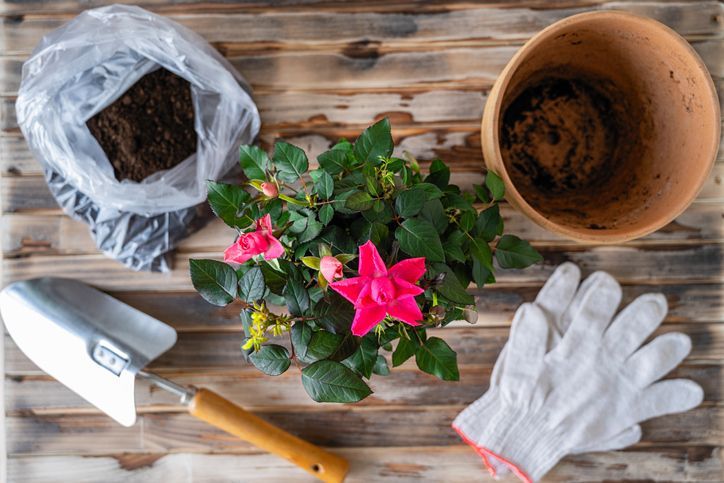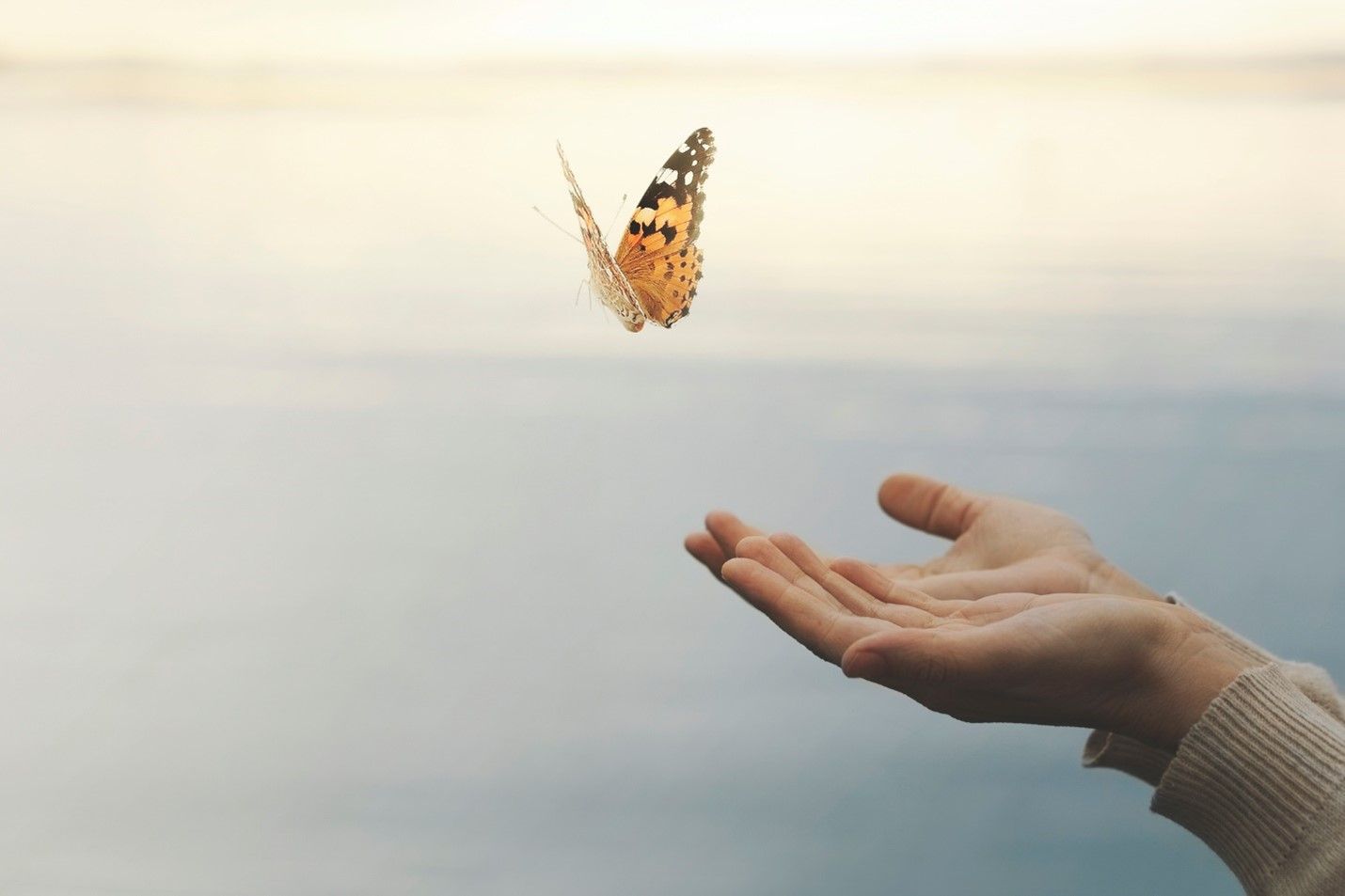Creating a memorial garden that lasts for generations

My Grandmother had a very special knack for gardening. At her funeral, our family shared her passion for turning any old patch of dirt into a beautiful garden. In the photo collages you saw the plants growing over the years alongside family members. Where there was once a toddler standing next to a small plant in one photo there is now a grown man standing next to large leaves and branches of that same plant in the next. Now as we think back over our memories and look on to our own garden, we feel a bond to her and share the same passion for nature.
Every spring my heart swells as I see the tips of green start to sprout at the edge of my yard where I transplanted irises from my grandmother’s garden. These same irises once laid in her mother’s garden as well. It is a connection I have with them that I cherish and look forward to. After the loss of a loved one there can seem like a void is present in your life. Having a way to feel bonded with them can help ease some of that grief.
When I began transplanting flowers from my grandmother’s garden to my own, I started to create a place that I could go to be close to her. I learned a lot about moving plants (mostly through trial and error) and I’m sharing my best tips to help you in your journey of creating a memorial garden that will carry on through generations.
Transplanting bulbs:
The best time to transplant spring bulbs (like tulips, daffodils and irises) is in summer or fall, once the foliage has sufficiently died back. If it is not possible to wait until the bulb is dormant before transplanting, you need to take extreme care to protect the growing parts of the bulb. If the bulbs are clumped together, you will need to transplant the entire clump together. The roots of the bulbs will be entwined; trying to separate them will damage the roots and kill the bulbs.
Transplanting bushes and shrubs:
Give the plant a good trim by cutting off about 1/3 of the plant foliage. This way your transplanted bush or tree can focus on re-growing the root system. It is very important to dig deep and wide. The more roots you get, the more successful the transplant, with less transplant shock. Deeply water regularly. Keep the soil moist, not wet for 3-4 weeks. This helps roots to re-establish themselves.
Transplanting perennial flowers:
The rule of thumb for deciding which perennials (plants that come back year after year) to transplant or divide is based on bloom time. Late summer and fall bloomers are suited for moving in the spring while spring and early summer flowering perennials can be transplanted in fall.
Gardening has helped me in my grieving in several ways. I found peace of mind putting my hands in the soil, I was burying my worries and sadness as I shoveled. In tending to the plants, I was tending to my grief.
“To plant a garden is to believe in tomorrow” – Aubrey Hepburn

April 18, 2025
Our pets become cherished members of our families, providing unconditional love, companionship, and joy to our lives. When they pass away, the grief we feel is genuine and profound. While our furry friends are only here for a short time, the impact they have on our lives is monumental. Here are some ways you can honor your beloved furry friend, after they’ve pass.
Create a memory box.
Putting together a box of items that remind you of a beloved pet can help you cope with their loss. Include items such as their collar, favorite toy, paw imprint, fur lock, and anything else that meant a lot to them. Keeping these items can bring comfort and closure after they have passed.
Spread their ashes somewhere meaningful.
If you choose to have your pet cremated, you can spread the ashes somewhere meaningful for your pet. You can even use the ashes to plant a tree in memory of them.
Donate to shelters in their memory
Animal shelters need donations, whether monetary donations or item donations. Donating to shelters in your beloved pet's name not only preserves your pet's memory, but also helps the animals in the shelter find their forever home.
Foster animals
Fostering is a great option if you aren't ready to get another pet but want to share the love you had for your pet with those in need. Because shelters fill up quickly, animals need foster homes. Fostering allows you to heal at your own pace, while sharing love with a pet in need.
Our pets become part of our family. During their time here on earth we share so many special moments with them, that when they are gone the emptiness left behind is unfathomable. It’s important to take proper care of yourself during this time of grief and figure out ways to keep your pet’s memory alive.





